
Eukaryotic transcription is the elaborate process that eukaryotic cells use to copy genetic information stored in DNA into units of transportable complementary RNA replica. Gene transcription occurs in both eukaryotic and prokaryotic cells. Unlike prokaryotic RNA polymerase that initiates the transcription of all different types of RNA, RNA polymerase in eukaryotes comes in three variations, each translating a different type of gene. A eukaryotic cell has a nucleus that separates the processes of transcription and translation. Eukaryotic transcription occurs within the nucleus where DNA is packaged into nucleosomes and higher order chromatin structures. The complexity of the eukaryotic genome necessitates a great variety and complexity of gene expression control.
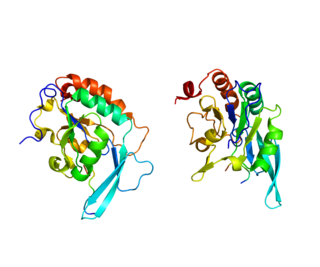
DNA-directed RNA polymerase II subunit RPB1, also known as RPB1, is an enzyme that in humans is encoded by the POLR2A gene.

Transcription elongation factor SPT5 is a protein that in humans is encoded by the SUPT5H gene.
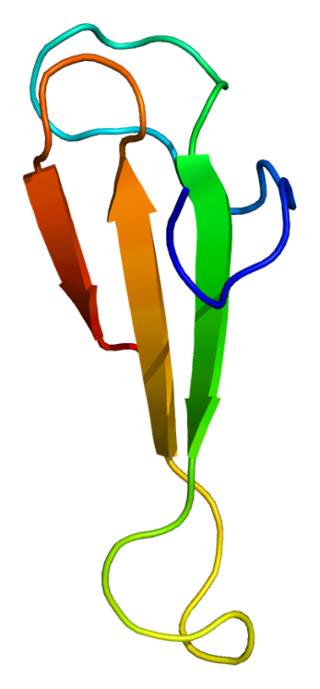
Transcription elongation factor A protein 1 is a protein that in humans is encoded by the TCEA1 gene.

HIV Tat-specific factor 1 is a protein that in humans is encoded by the HTATSF1 gene.

RNA polymerase II subunit A C-terminal domain phosphatase is an enzyme that in humans is encoded by the CTDP1 gene.

RNA polymerase II elongation factor ELL is an enzyme that in humans is encoded by the ELL gene.

Cofactor of BRCA1, also known as COBRA1, is a human gene that encodes NELF-B.
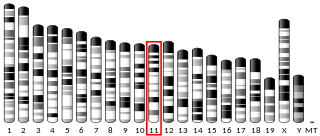
Transcription elongation factor SPT4 is a protein that in humans is encoded by the SUPT4H1 gene.
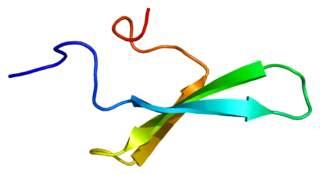
Transcription elongation regulator 1, also known as TCERG1, is a protein which in humans is encoded by the TCERG1 gene.

TATA-binding protein-associated factor 172 is a protein that in humans is encoded by the BTAF1 gene.
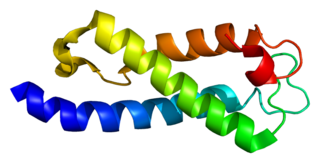
SET domain containing 2 is an enzyme that in humans is encoded by the SETD2 gene.

mRNA-capping enzyme is a protein that in humans is encoded by the RNGTT gene.

General transcription factor IIF subunit 1 is a protein that in humans is encoded by the GTF2F1 gene.
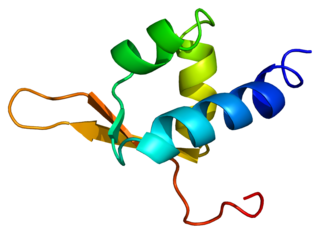
General transcription factor IIF subunit 2 is a protein that in humans is encoded by the GTF2F2 gene.

Cyclin-K is a protein that in humans is encoded by the CCNK gene.

Transcription elongation factor SPT6 is a protein that in humans is encoded by the SUPT6H gene.

Mediator of RNA polymerase II transcription subunit 26 is an enzyme that in humans is encoded by the MED26 gene. It forms part of the Mediator complex.

ELL-associated factor 2 is a protein that in humans is encoded by the EAF2 gene. It is part of the EAF family of proteins.
RNA polymerase II holoenzyme is a form of eukaryotic RNA polymerase II that is recruited to the promoters of protein-coding genes in living cells. It consists of RNA polymerase II, a subset of general transcription factors, and regulatory proteins known as SRB proteins.

























